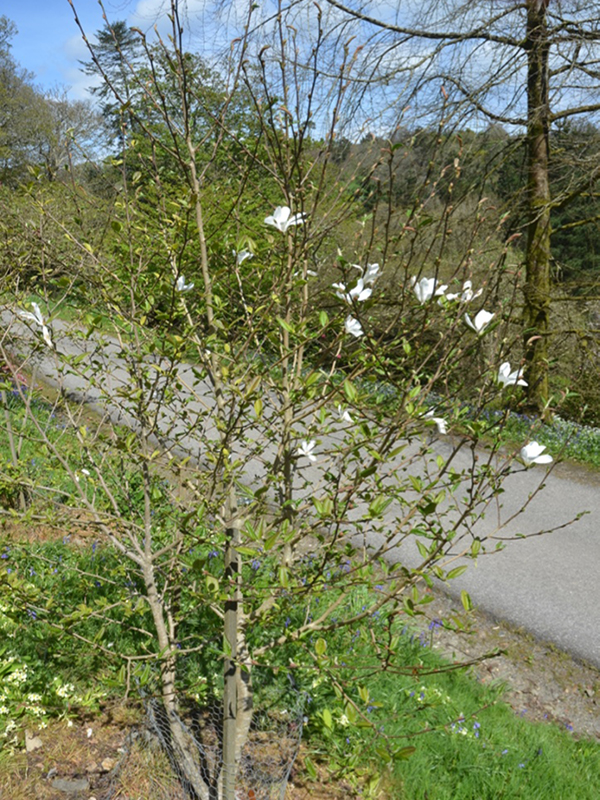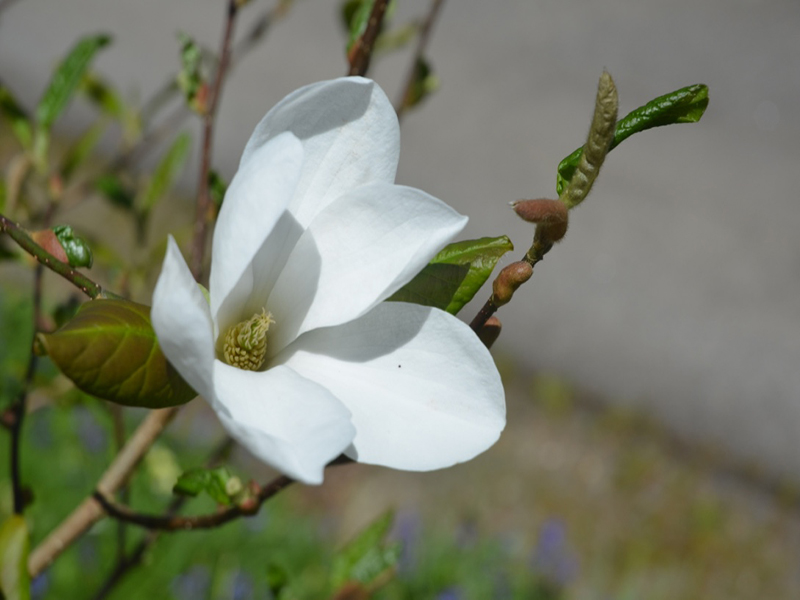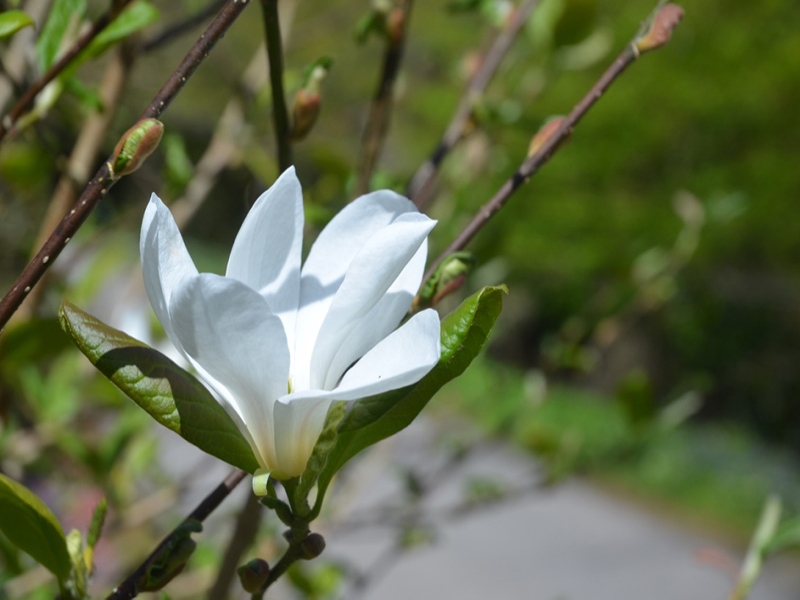
Woody > Magnolia > Magnolia x loebneri > Magnolia x loebneri 'Snowdrift'
Magnolia x loebneri
'Snowdrift'
Snowdrift Magnolia
Origin: Horticultural origin. A hybrid of M. kobus and M. stellata.
| Family |
| Magnoliaceae |
| Genus |
| Magnolia |
| Species |
| x loebneri |
| Cultivar |
| 'Snowdrift' |
| Category |
| Woody |
| Type |
| Tree (deciduous), Shrub (deciduous) |
| USDA Hardiness Zone |
| 3 - 7 |
| Canadian Hardiness Zone |
| 4 - 8 |
| RHS Hardiness Zone |
| H7 |
| Height |
| 3-6 m |
| Spread |
| 3-6 m |
Photographs
Description and Growing Information
Flowering Period
| General Description |
| A small tree or large shrub, and producing a profusion of white flowers in April. ‘Snowdrift’ has particularly large flowers and slightly larger leaves. |
| Landscape |
| Popular as a landscape feature when in bloom but otherwise having the character of a small tree and thus suitable for landscapes with limited space. Structural pruning will enhance the form and help to produce a more open specimen. |
| Cultivation |
| Grow in a fertile well-drained soil. Flowers are damaged by frost and or wind so plant under shelter in full to partial sun. Prune out dead limbs and shape in late summer. |
| Shape |
| This tree has a pyramidal shape in its younger part of its life and becomes rounded as it ages. |
| Growth |
| Fast |
| ID Characteristic |
| Flowers form before leaves which can get late frost damage if not grown in a protected area. Staggered blooming period in early spring. |
| Pests |
| Magnolia root borer (Euzophera magnolialis) may cause problems in nurseries, but rarely in the landscape. Magnolia scale can also be a common issue. |
| Bark/Stem Description |
| A smooth, light brown bark and has some large lenticels that are vertical instead of horizontal. |
| Leaf Description |
| The leaves are simple, with a pinnate venation and a rather rounded obovate shape and green turning yellow in autumn. |
| Flower Description |
| Long white petals around the outside arranged in the shape of as a goblet then unfold into a star-shape. |
| Fruit Description |
| Reddish-green, knobby aggregate fruit , about 5 cm long. |
| Propagation |
| By softwood cuttings in spring or early summer, or semi-ripe cuttings in late summer and autumn. |


